England’s Euro 2020 qualification campaign report card: What went well and what needs work?
England finished fourth at the 2018 World Cup and head to Euro 2020 as one of the tournament’s top seeds. But where do they need to improve ahead of the tournament?
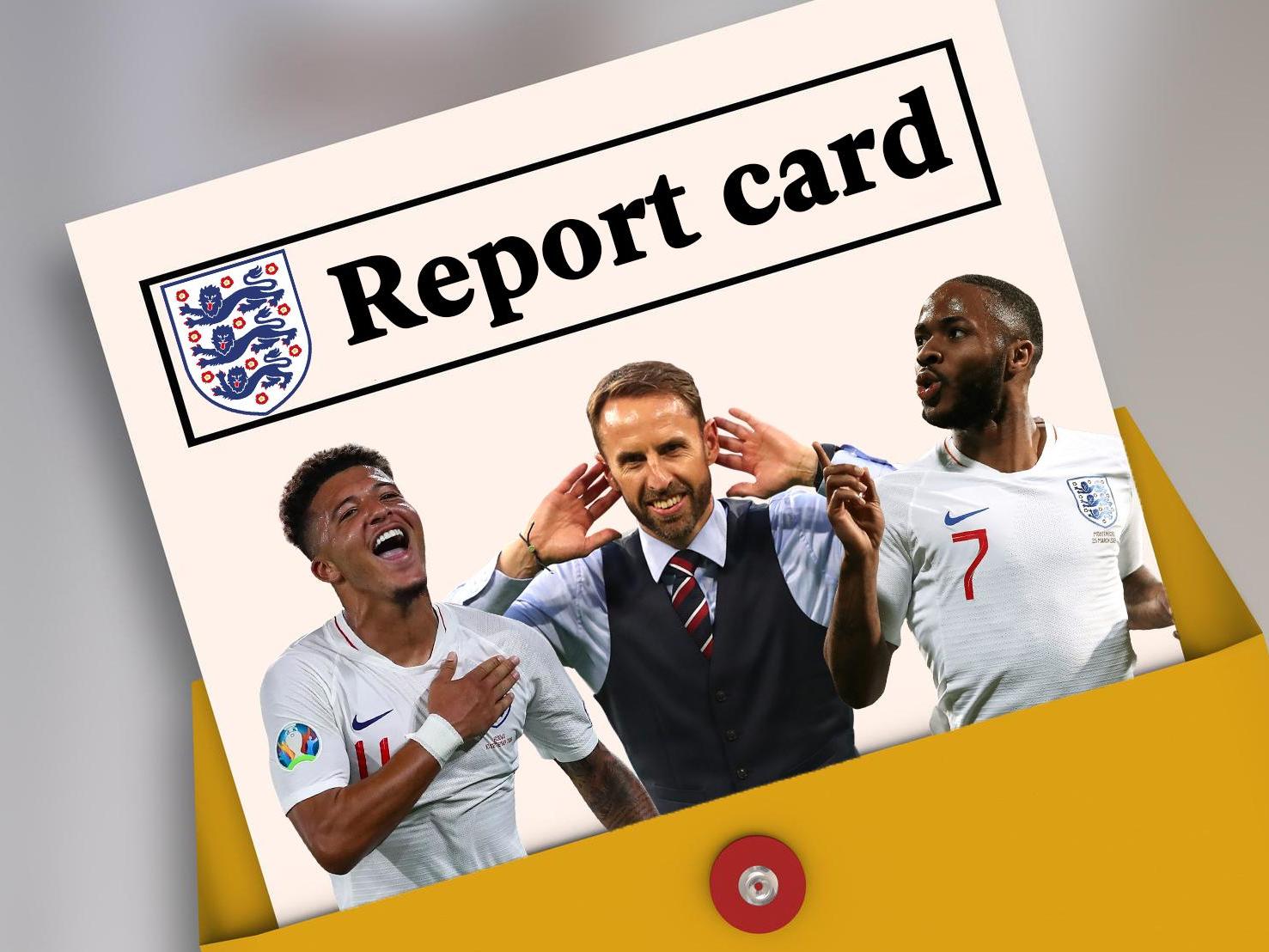
Your support helps us to tell the story
From reproductive rights to climate change to Big Tech, The Independent is on the ground when the story is developing. Whether it's investigating the financials of Elon Musk's pro-Trump PAC or producing our latest documentary, 'The A Word', which shines a light on the American women fighting for reproductive rights, we know how important it is to parse out the facts from the messaging.
At such a critical moment in US history, we need reporters on the ground. Your donation allows us to keep sending journalists to speak to both sides of the story.
The Independent is trusted by Americans across the entire political spectrum. And unlike many other quality news outlets, we choose not to lock Americans out of our reporting and analysis with paywalls. We believe quality journalism should be available to everyone, paid for by those who can afford it.
Your support makes all the difference.The dust has now settled on the qualification campaign, but that means the build-up for Euro 2020 properly ratchets up.
As expected, England breezed through the qualification stages, beating the likes of Montenegro, Bulgaria, Kosovo and the Czech Republic to the top of Group A.
They scored 37 goals in a record-breaking qualification campaign, with Harry Kane top scoring with 12 – one more than Portugal’s Cristiano Ronaldo.
So, beyond being confirmed as seeds for a tournament they will effectively host, where are England at?
What bodes well for the summer, what needs to be worked on for the summer?
What’s looking good…
The scoring
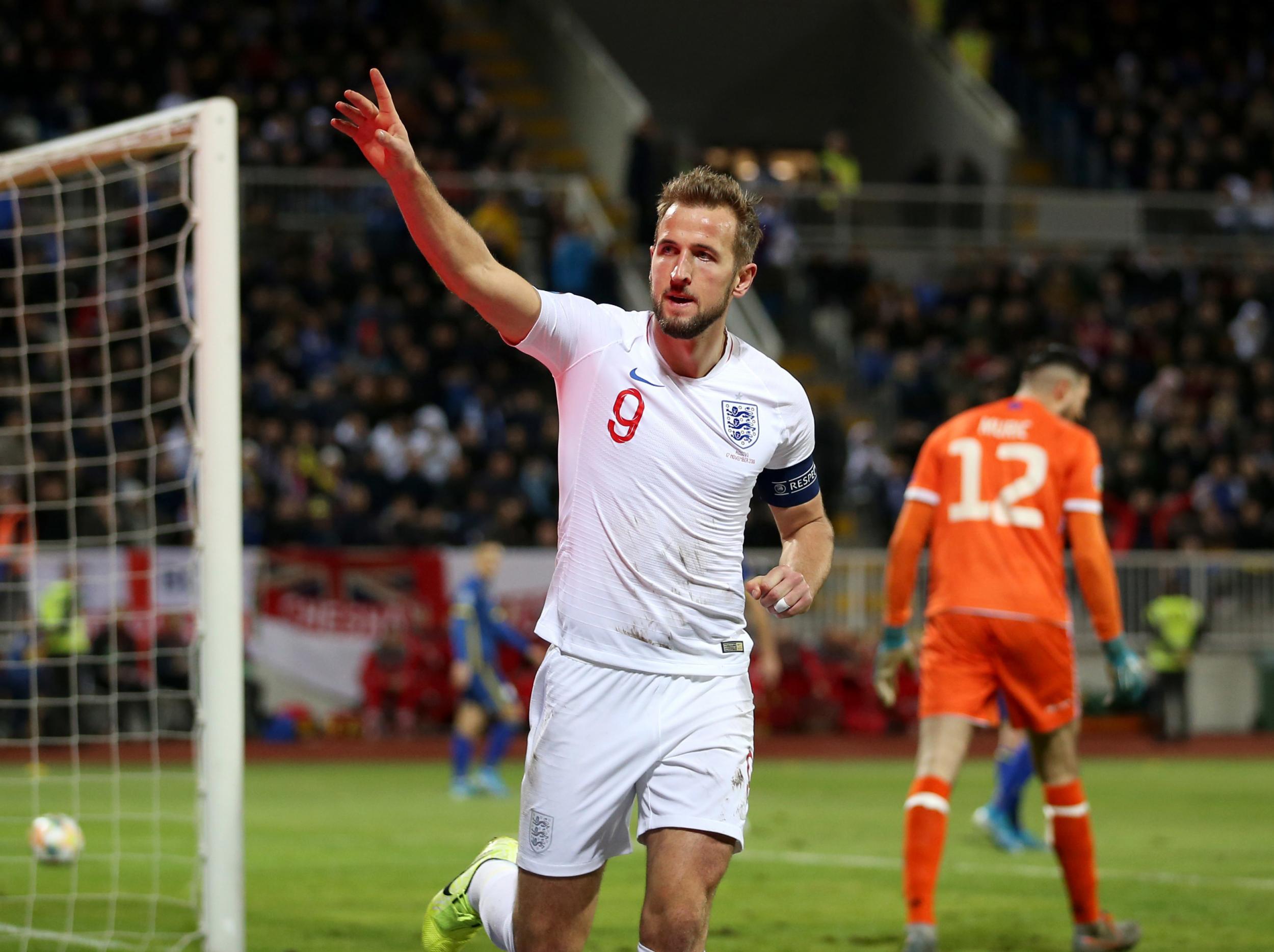
This was something that Gareth Southgate made specific mention of after the win over Montenegro, and seems most special to him. He took real pride in how they regularly ripped teams to shreds, likening it to so many German campaigns.
For Southgate, it seems, this kind of next-level ruthlessness is what really elevates the elite sides. They are certainly next-level figures. England ended the campaign with 37 goals in eight games, making it an average of over 4.6 a match. That is genuinely exceptional, all the more so given the opening spells of games weren’t all that convincing.
It points to something that is really relevant about this record. No matter how England are playing, they just have that capacity – and that number of exciting attacking players – to suddenly rip backlines to shreds. It means they will be alive in any game, against any opposition, no matter how much, say, they’re struggling in position.
This England will always have a chance – because they’re capable of taking any chance. It is related to two other positives…
The development of Raheem Sterling
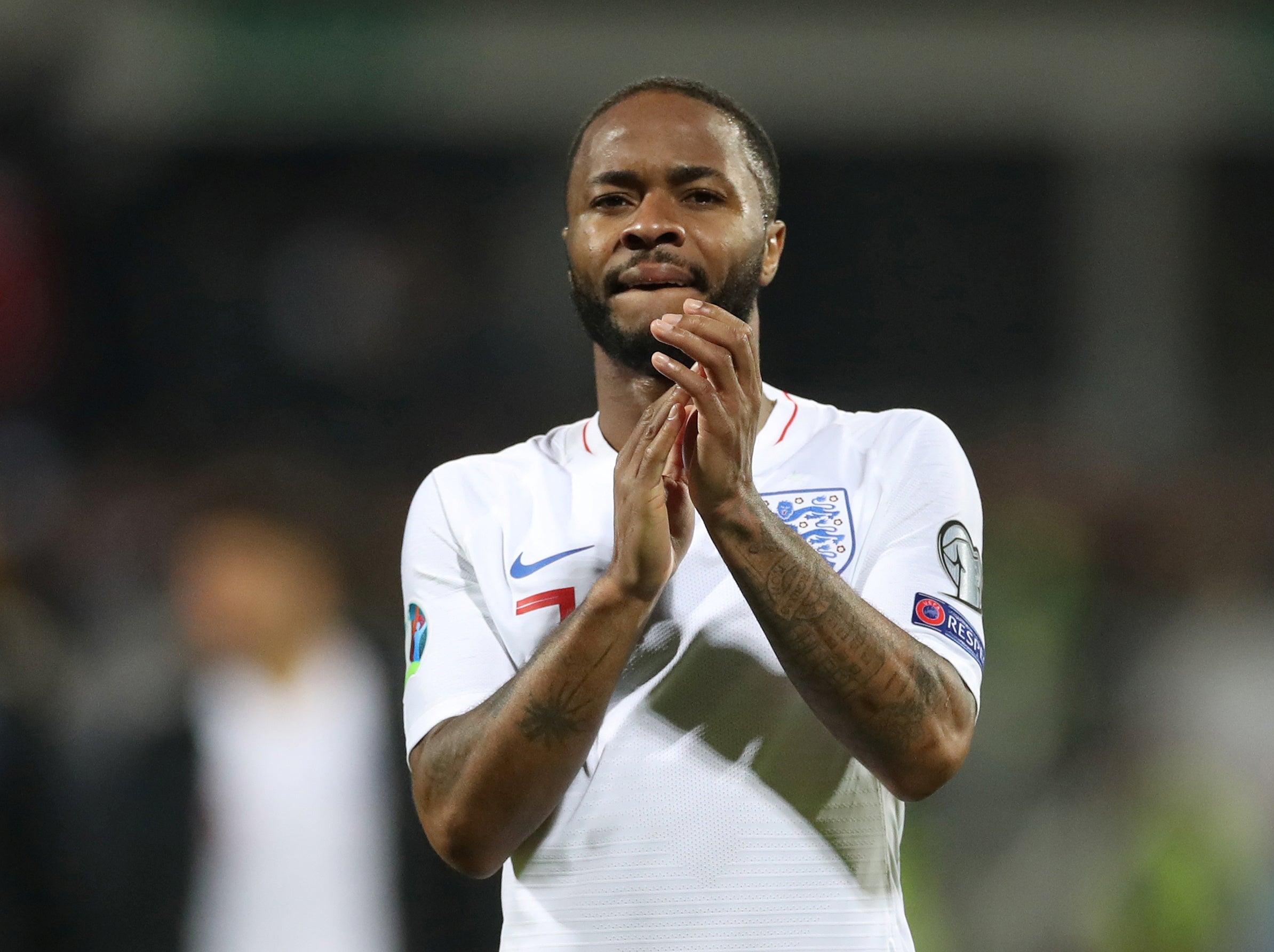
One of the reasons the last week’s controversy was all the more pronounced – and almost demanded that severity of punishment – was because of Sterling’s status in the team. He has grown into an influential figure for so many of his teammates, and it is something that has gone alongside his growth as a forward.
It has been as fast his own ability to accelerate. Even in the space of a year and half, Sterling has gone from a brilliant winger, to the kind of all-round forward that pretty much runs a game and a team. He is a true leader in that way, too.
One of his moments of the campaign was in the home game against Kosovo, a Paul Gascoigne-like turn and run that – of course – set up a goal. And you only have to look at his response in Pristina. After a difficult week, and at a genuinely tense moment of the game given it was only 1-0, Sterling supplied two assists.
The expansion of the wide forwards
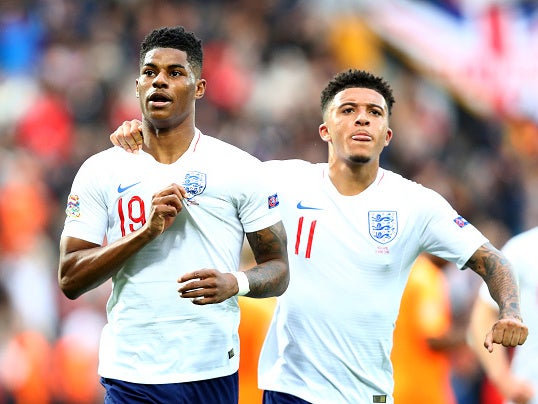
Sterling leads the way in another manner, and it is an area where England lead the way. He set the trend for this new style of wide forward the country produces, that the current squad produces in abundance.
It genuinely now feels like England’s version of Spain’s passing midfielders, or Uruguay’s centre-halves. And it is already known that it is the envy of other big nations, since so many German clubs have been trying to sign players like Callum Hudson-Odoi to plug blind spots in their own development structures.
The Chelsea winger is of course just another flying forward fighting for a place alongside Sterling with Marcus Rashford and Jadon Sancho. You could even add Ross Barkley, Mason Mount and Alex Oxlade-Chamberlain as modern mobile forwards, if not quite blessed with the pace of their wide teammates.
It is still a potential, however, that gives England such attacking thrust. In Southgate’s words, they possess the “speed, movement, speed of ball circulation” to “carves those teams apart”.
Team solidity
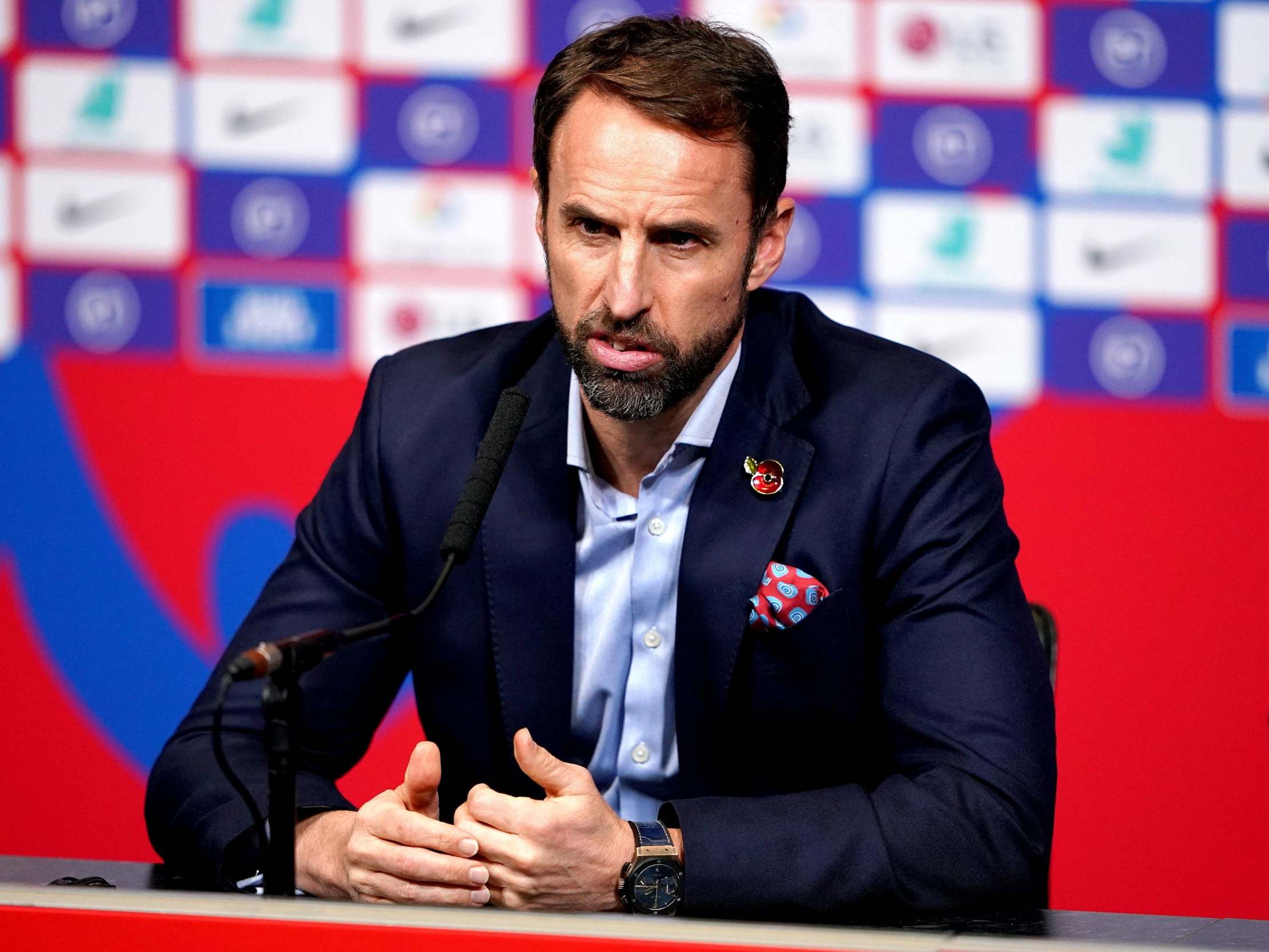
This applies to both the spirit of the team, and the structure. One of the reasons that Southgate felt the need to punish Sterling in the first place was because he couldn’t allow his most influential player to so break from the harmonious atmosphere he has worked hard to engender. And that atmosphere has stayed intact at the end of this campaign, ironically strengthened by the whole incident due to players rallying around Joe Gomez after he was booed at Wembley.
It means that, at least psychologically, there are links and a level of cohesion to the whole squad.
That will help deepening the links in how the team works, although they’re not quite there yet. Work needs to be done. What is key, however, is that this campaign has at least allowed Southgate to settle on his best formation. He is now clear it must be a 4-3-3, all the more so because of the abundance of wide forwards. He just needs to solve some other issues within it…
What needs to be worked on
The central midfield issue

One problem still hasn’t gone away, and actually only became more pronounced in the middle of the campaign when England lost to Netherlands in the Nations League. It’s in some ways an unsolvable problem in the short-term. England still don’t really have a player like Frenkie de Jong, like Luka Modric, like Thiago Alcantara. They don’t have that key midfielder who puts his foot on the ball, and dictates possession and effectively the way the entire team plays.
It remains a very big problem, given how integral it is to how international football works. And, while it remains, it feels like England are going to need a lot of luck – or maybe just a lot of breaks to run – in any big game against big opposition. Because they just won’t have the same control of the ball, or thereby the game.
Declan Rice isn’t really a midfielder in that regard. Harry Winks is good but is more someone to be set alongside such a player. It does still seem like Southgate is going to have to come up with something creative to get around it, which leads to the next issue…
The arrangement of that central midfield
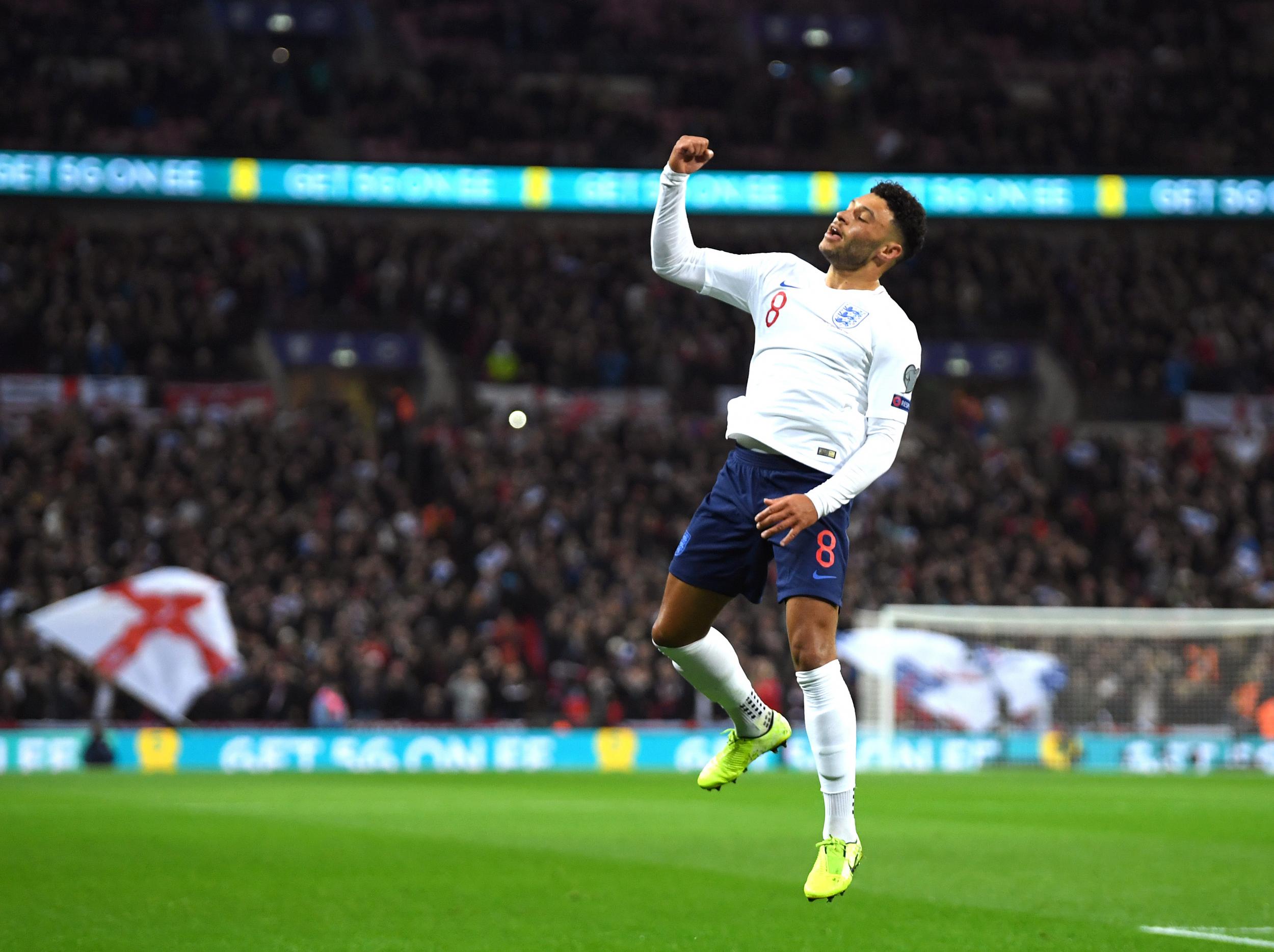
In the eight different games of this campaign, Southgate has started with seven different midfield combinations, which points to the issue that it’s still difficult to know what the best combination is. The problem is not the one in central defence, where it is like the quality or form of potential partners for Harry Maguire has dropped it off. It is actually that there is a considerable amount of quality, but it’s difficult to now how to arrange it to maximise the abilities there and cover for some of the weaknesses.
It is possible we may not have even seen the best yet, which currently feels – in terms of balance, and different qualities – Winks, Alex Oxlade-Chamberlain and Jordan Henderson. Or maybe play James Maddison that bit further back? This is one of many questions Southgate has to work out, to get around the problem of other big countries moving the ball around better.
The “sloppy goals”
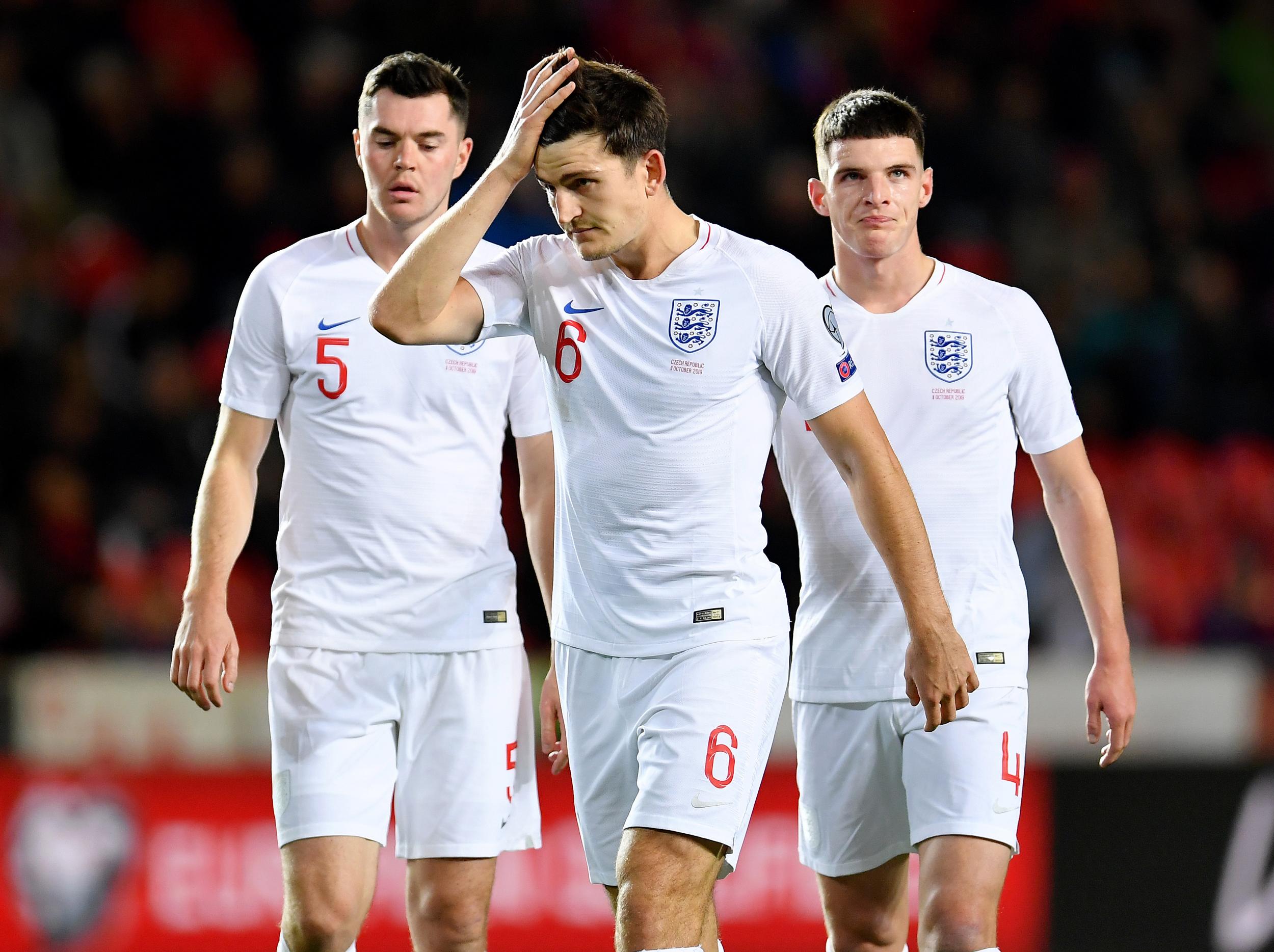
This is admittedly something that is connected to possession and control of the game, but it’s equally impossible to avoid the issue that England do look that bit less solid at the back.
They’ve been giving up more chances, and can very suddenly look very open. Part of that is that drop-off among the centre-halves, but with Southgate insisting they won’t now deviate from the 4-3-3 to cover it, it is a problem that must be solved. Can Tyrone Mings grow? Should Rice actually be put there? Can Fikayo Timori grow into such a role?
It remains that missing part, that least covered area – leading to more sloppy moments.
Set-pieces
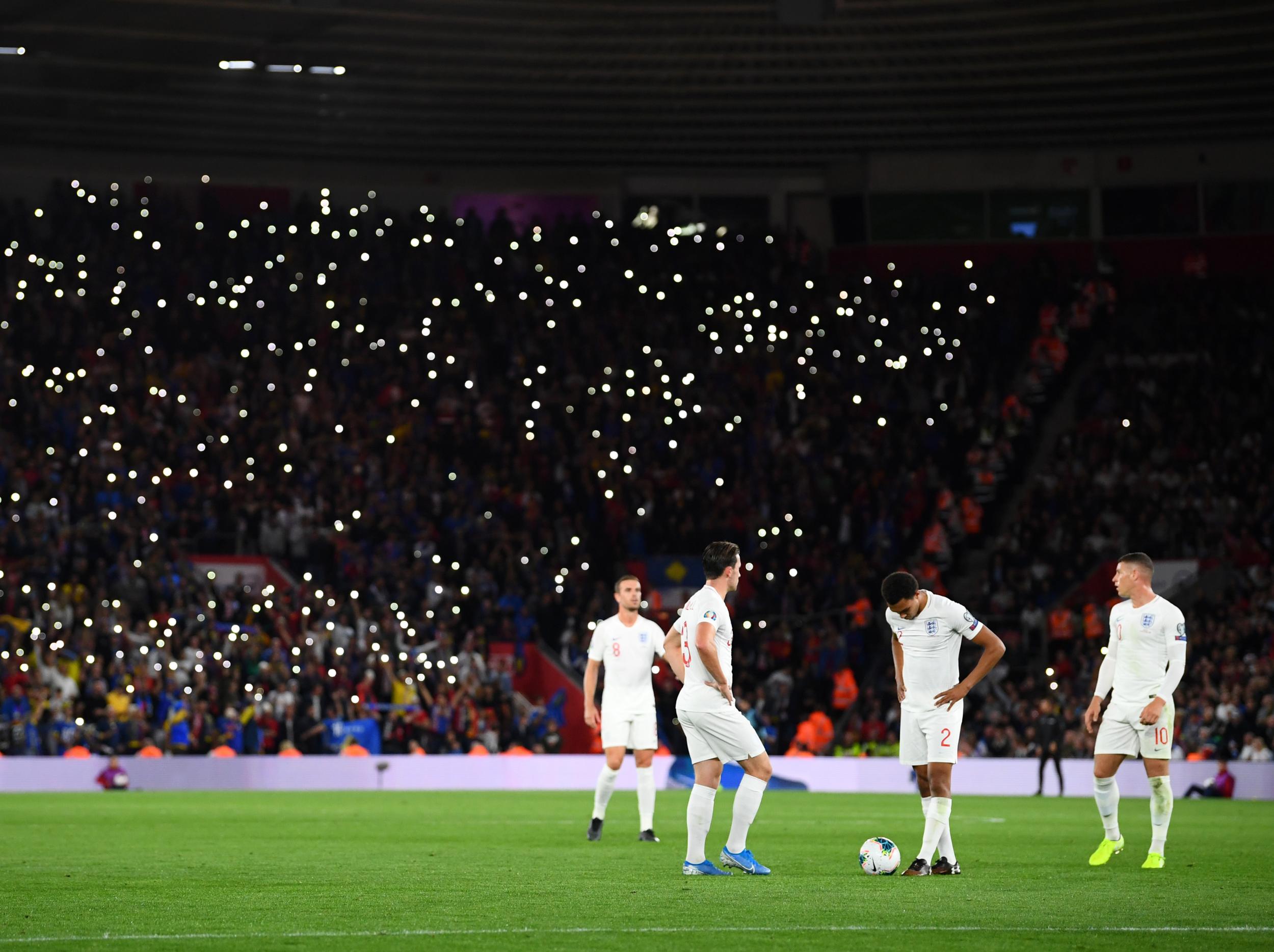
A separate issue to the sloppiness but equally indicative. England have suddenly looked that bit more susceptible from dead balls. It is at the least something Southgate and his staff can most easily work on, and really just takes the rigour that pre-tournament preparation should allow.
Join our commenting forum
Join thought-provoking conversations, follow other Independent readers and see their replies
Comments